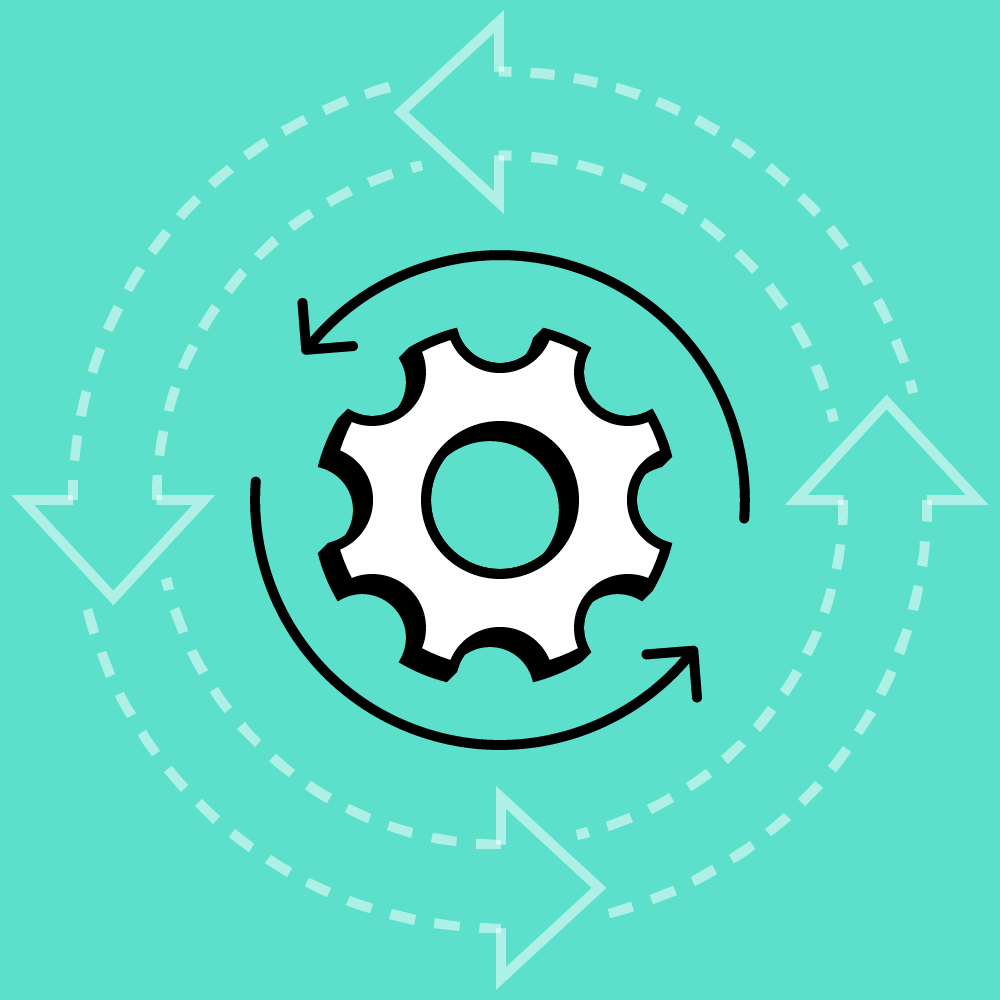Identify risky assumptions
Identify risky assumptions within your strategy, model or solution and prioritise which you should test first.

Reduce risk and accelerate learning as quickly as possible by testing your riskiest assumptions.
Impact at scale is only possible when your solution, scale strategy and model is validated through real-world testing.
To achieve this, you should start by identifying and planning for potential flaws in the assumptions underlying your solution, strategy and/or model. We use the word assumption to describe any aspects of your solution, strategy, and/or model that are unknown and untested.
This tool will help you design tests to learn more about your assumptions and to collect data. This is so that you can refine your solution, strategy, and/or model based on real-world learnings.
To work on the tool worksheet, follow these steps: